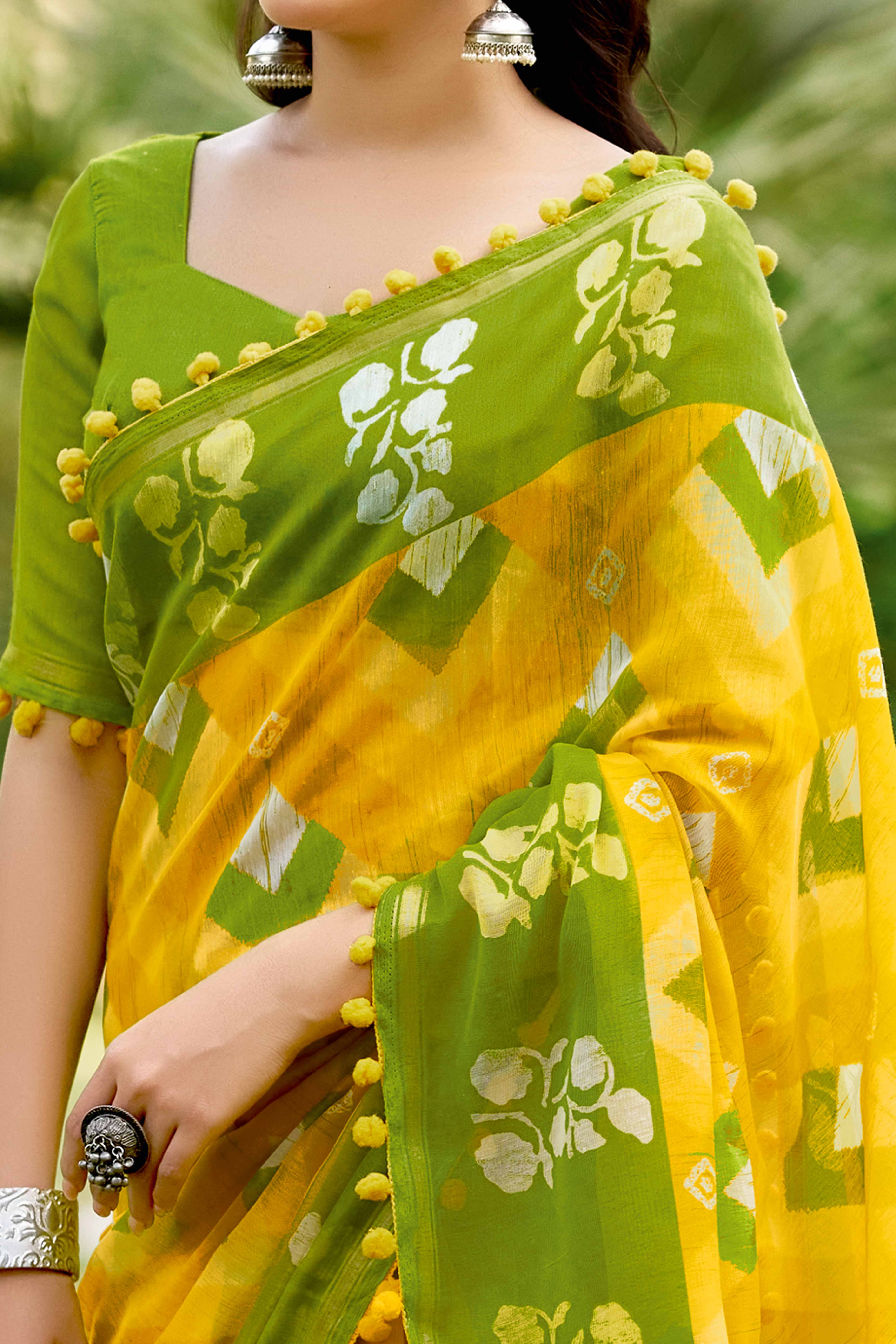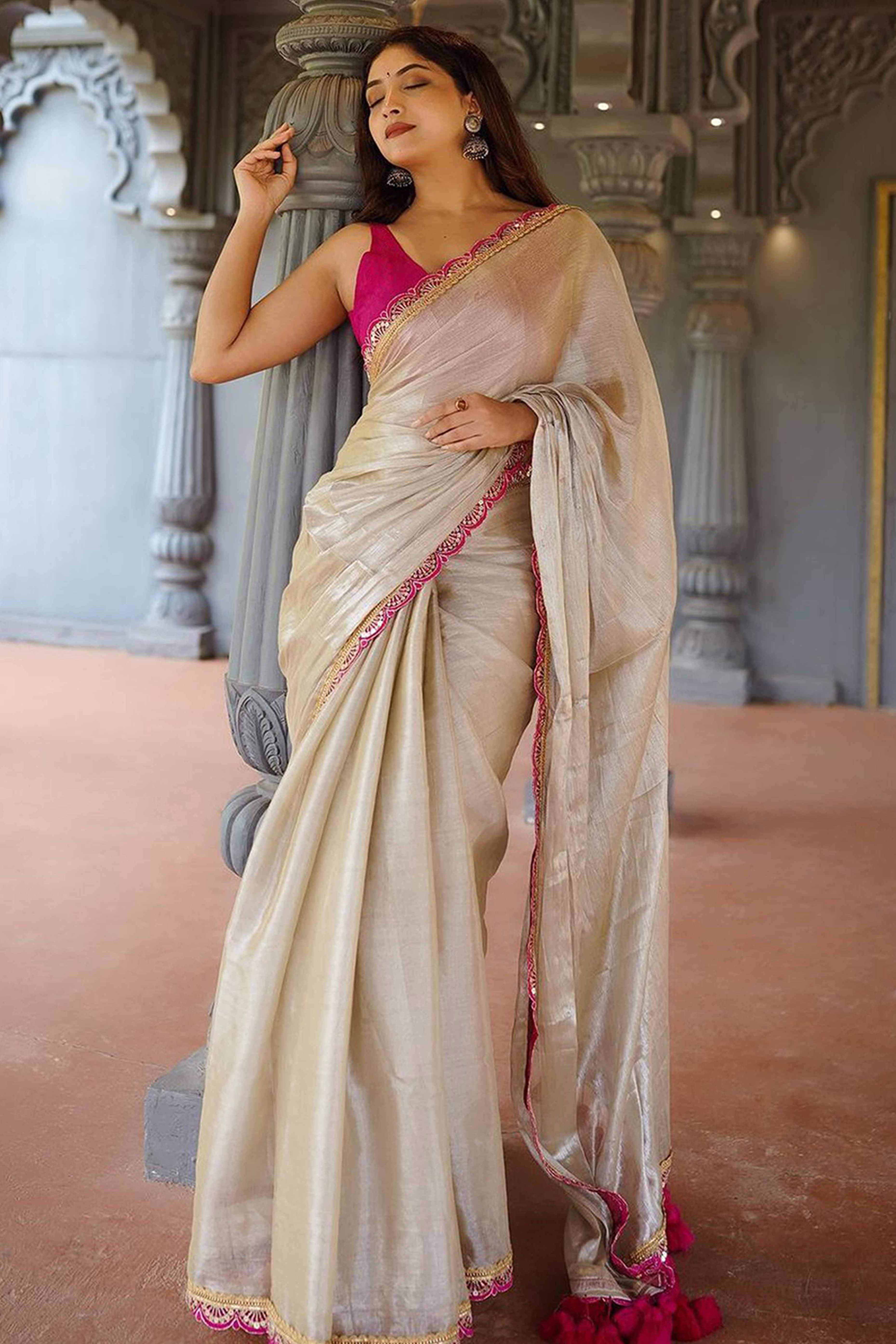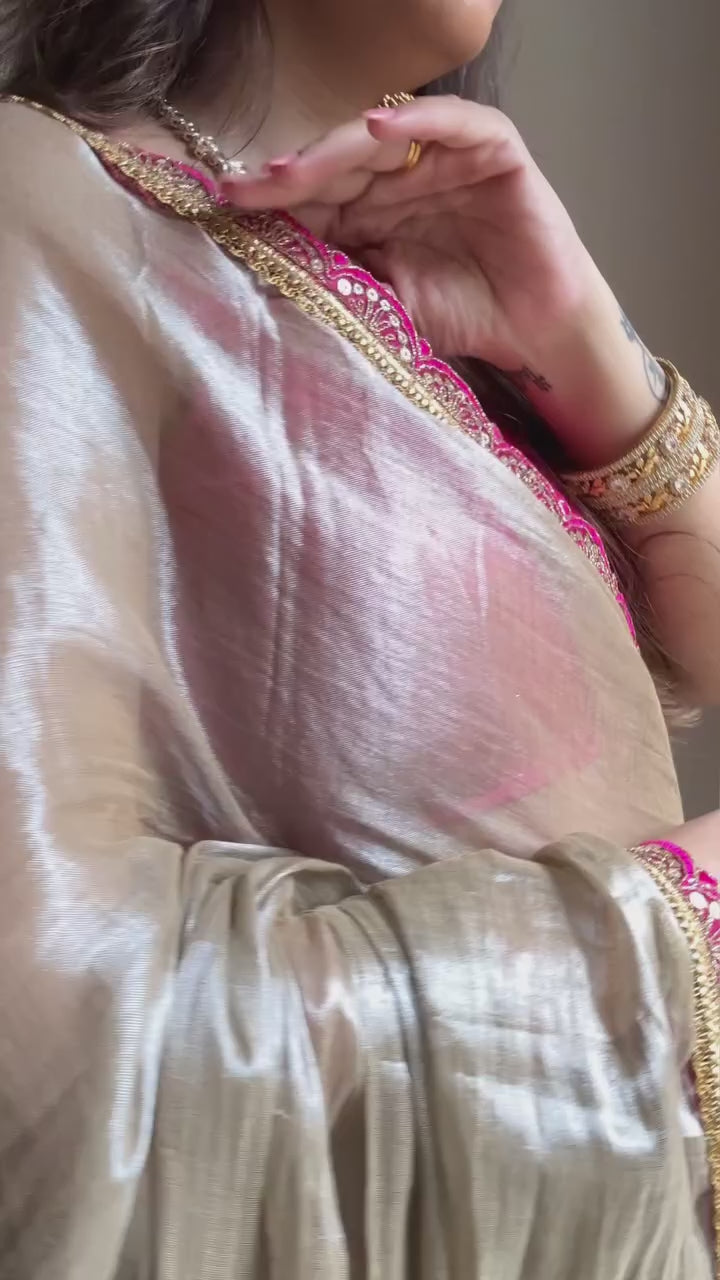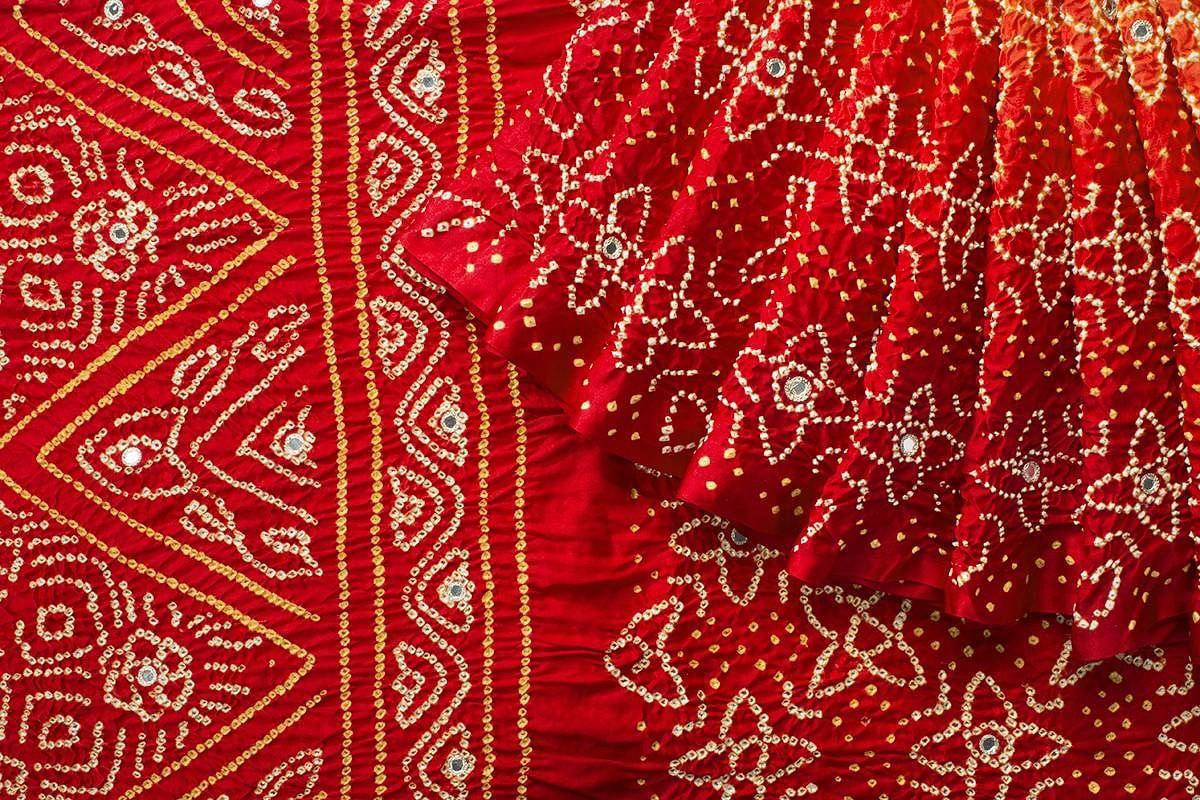The sheer variety of exquisite arts and crafts in our country is quite flummoxing. Each corner that you look into has so much to offer in terms of culture and its associated craftsmanship. This week let's focus on one of the most stunning and intricate metal crafts called BIDRIWARE OR BIDRI ART that combines the magic of silver, zinc, and copper to give us some stunning wares and artifacts that tend to become a collector's prized possession. Just the sheer view of an array of artistic Bidri vases, animal figures, hookahs, wall frames, storage boxes, jewelry, jewelry boxes, key chains, animal or human figurines, and other utility and decorative items is a treat to the senses. Those delicate inlays of silver gleaming against a black background can transfix anyone with its beauty.

Bidriware is the pride of Bidar, near Hyderabad, and is an indigenous handicraft tradition that is globally appreciated and devoured. Though the main centers remain Hyderabad in Telangana and Bidar in Karnataka, the art seeped through other parts of the country too. Aurangabad in Maharashtra, Lucknow in Uttar Pradesh, Purnia in Bihar, and Murshidabad in West Bengal are the other places where Bidri Artwork was practiced.
HISTORY AND ORIGIN

It is believed that this art form originated during the reign of the Bahmani sultans, who ruled Bidar in the 14th and 15th centuries. The art is a combination of designs with influences from Persian, Arabic and Turkish cultures. Many believe that it was brought to India by the followers of Khwaja Muinuddin Chisty, a preacher, in the 12th century. Later, the art found patronage among the Nizams of Hyderabad who took a special interest in inviting artists from Bidar to set up workshops in the city.

Abdullah bin Kaiser was the earliest known craftsman who developed this art form along with his students. Bidri works tend to have a very heavy Islamic influence with designs to inlay various flowers (known as asharfi-ki-booti), leaves (vine creepers), geometric designs, human figures, stylized poppy plants with flowers, Persian roses, and passages from the Holy Quran in Arabic script being the most sought after patterns on Bidriware. The art to date is considered to be the ultimate symbol of aristocracy, wealth and opulence.
THE PROCESS

Technically speaking Bidriware is also termed as Encrusted Metal Ware because that's how the artwork is done. There is a meticulous multi-stage process involved that is performed by skilled Bidri artists and each ware can take up to weeks to prepare. The artisans work at a common facility center equipped with all the necessary tools and machinery required for the process. For each piece, a special mold is freshly prepared and molten mixture of zinc and copper is cast into. The cast is blackened and artists freehand etch the required motifs on to it using chisel and hammer. Then pure silver wire (brass and gold in some cases too is used) is carefully inlaid and hammered into the engravings. The article is then smoothened and buffed out. Then comes the final and most fascinating stage of blackening. For this, a very special black soil which is available only at BIDAR FORT is used. This soil mixed with ammonium chloride and water is used to rinse the metalware and then just by magic, the metal portion gets oxidized while the silver stands out in all its sheen.

Bidriware is famous for its long lastingness and corrosion-proof properties. There are five main types in Bidri work — Tarkashi, Tehnishan, Mahtabi, Zarnishan and Zarbuland, each with distinct styles of inlaying of metal wires, techniques, and the final blackening effect. Whilst a common man may not be able to understand the differences easily, a true connoisseur is sure to spot the unique and distinct styles easily.

Here is an interesting fact about Bidar soil though- The artisans believe that the real art is in testing the mud. And they do so by tasting it! Bidri earth is tasted by the artisans by their tongues before deciding on its suitability. This testing skill can only be gained through experience and is passed on from generation to generation.
BIDRI- A DYING CRAFT

What was once the second most demanded craft product of the 20th century is now a dying art with no market and no administration. The rising cost of silver, counterfeit products in the market, insufficient government aid, restrictions on purchase of Bidar Fort's soil, competition among artisans, price haggling with buyers and middlemen, etc are only some of the issues faced by the artists who are refusing to pass on the talent to their younger generation owing to insufficient returns and income. The kind of effort that goes into making this craft isn't getting it's due in the market and hence the number of original craft pieces and true artists is on a major decline.

As a result, if you now step out into the market, there is only a limited variety of original Bidri style crafts. Most surviving artisans are not even aware of some of the earlier skills and patterns used in Bidri work. The Ganga-Yamuna pattern (using both gold and silver inlays), Munauwatkari Bidri artifacts, Pardashkari style of Bidri work have all died out due to lack of production/ market or lack of informed artisans.
STEPS TAKEN FOR REVIVAL AND THE ROAD AHEAD

The state governments of Karnataka and Telangana are not unaware of the poor plight of Bidri work and they have taken some steps to keep the craft alive. To protect its authentication, GI (Geographical Indications) tag has been imparted to Bidriwork. Furthermore, registered artisans are provided residential, health, and other facilities as a measure to empower them. After all, not so long ago there was a time when Bidri Artists lead lavish lifestyles they were among the best-paid craftsmen highly respected in the society. A fall that mighty has definitely been backbreaking for the entire industry. Besides that, skill development training is being granted to interested candidates with central government aid. Toolkits and raw material at subsidized rates are provided to the trained artisans as they are encouraged to start their own production of Bidriware. The government gives awards and recognition to outstanding workers in a bid to encourage the craft and organizes national as well as international exhibitions to promote their talent globally.

Besides that, efforts are being made to cut down the cost of silver, make the designs lighter to make the pieces more affordable. Bidriware has also been adapted into more contemporary designs such as USB drive covers, office stationery, lampshades, candle stands, jewelry, wall pieces, and even wall tiles to increase its popularity and usage. Prestigious design institutes like the National Institute of Fashion Technology and National Institute of Design also impart course lessons in Bidri artwork.
The road ahead for Bidri Art is a long and winding one but hopefully, with consistent patronage and concrete steps from the government, it will be revived to its true glory.






















